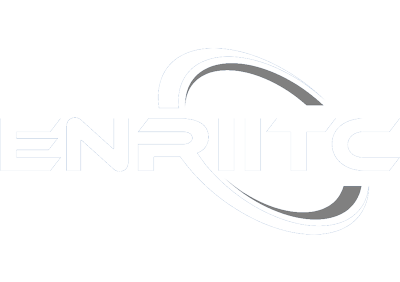ILOs & ICOs
Research infrastructures differ not only in terms of what science field they cover, but also in terms of how they interact with industry, and what intensity and depth these interactions have. Generally speaking, there are two fundamental roles that industry fulfils:
Industry as a supplier:
Throughout their lifecycle, research infrastructures typically require a broad variety of supplies and services, ranging from state-of-the-art commodities and conventional facilities to cutting-edge instrumentation and production of unique components or solutions by niche industrial suppliers.
Conversely, novel technologies developed at research infrastructures can, in some cases, give rise to knowledge or technology transfer to industry, which can turn them into new products/processes or commercialise them for different applications in new markets. In this sense, industry as supplier represents an upstream business model.
Industry as a user:
Both large and small companies can be users of research infrastructures. They may have research and development departments needing to perform experiments and measurements at research infrastructures to support product development and product improvement.
Others may use research infrastructures to access knowledge databases. Industrial users have different needs than researchers from academia and thus research infrastructures need to provide tailored access, customised services, comprehensive support and engage in discussions related to intellectual property rights. As a user, industry is a part of a downstream business model.


